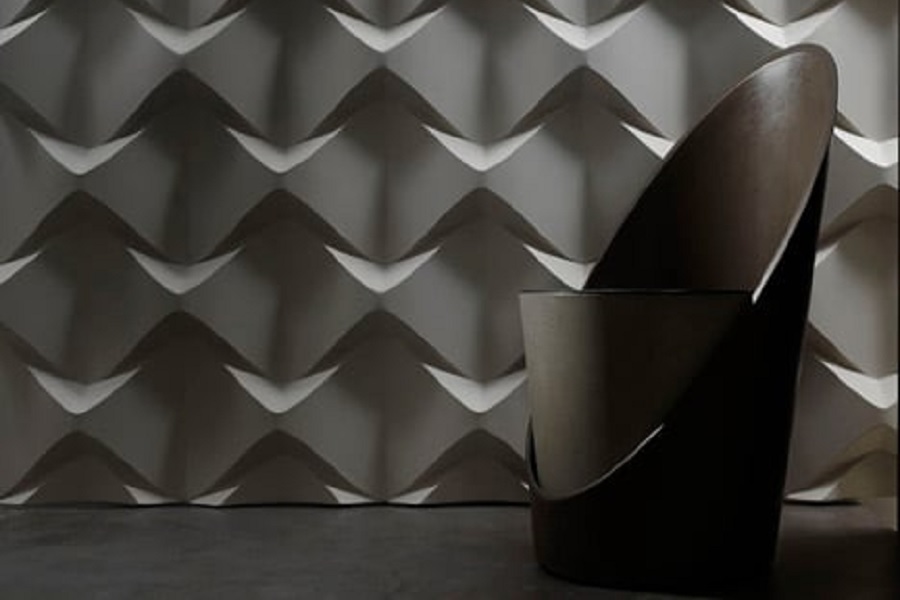
3D Effects
The era of flat, lifeless surfaces is over. In the world of architecture and interior design, 3D effects are introducing a profound shift, transforming stone from a simple building material into a dynamic, sculptural element. These surfaces engage not just the eyes but also the sense of touch, adding a layer of depth and emotion previously unattainable. This article explores how advanced technology and classic materials like marble are converging to create architectural features that are truly alive. Understanding the power of 3D effects is key to designing the next generation of breathtaking spaces.
What Exactly Are 3D Effects in Architectural Surfaces?
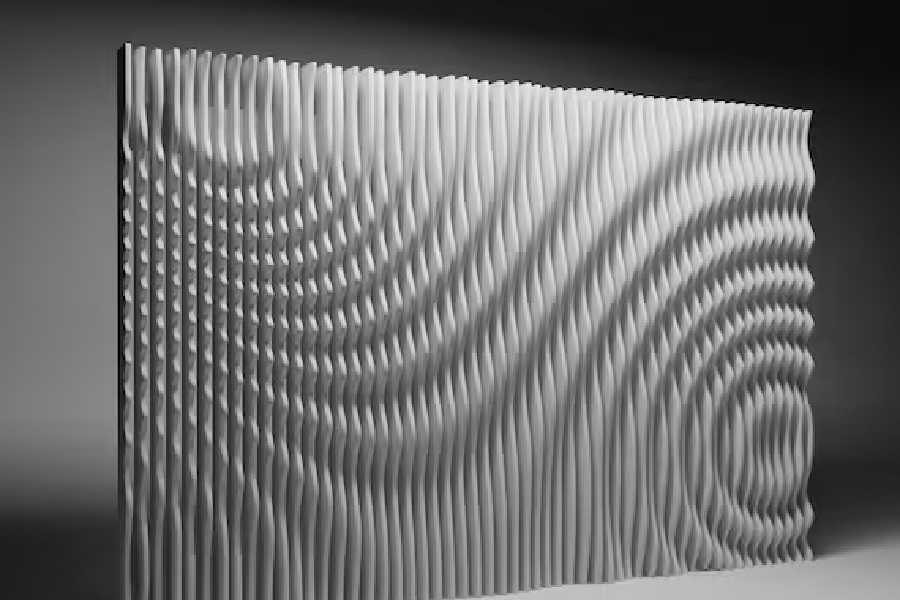
When we talk about 3D effects on surfaces, we are moving beyond simple patterns or printed illusions. We are referring to a physical, topographical transformation of the material itself. Instead of a smooth, uniform plane, the surface features meticulously carved waves, ridges, geometric patterns, or organic shapes that have tangible depth. This is where art meets engineering, turning a slab of marble or stone into a canvas for three-dimensional expression. It’s a fundamental change in how we perceive and interact with the materials that build our environments.
From Illusion to Reality: The Technology Behind the Texture
The creation of these intricate surfaces is possible thanks to advanced fabrication technology. Computer Numerical Control (CNC) machines are at the forefront of this revolution. Guided by precise digital designs, these machines use cutting-edge tools to carve, mill, and sculpt hard materials, allowing for the creation of stunning products like 3D Black Marble with incredible accuracy. This process allows architects and designers to translate complex digital models into physical reality, creating bespoke patterns that were once impossible to produce by hand.
More Than Just a Finish: Differentiating 3D from Traditional Textures
It's important to distinguish true 3D effects from traditional surface finishes. Finishes like honed, polished, or brushed alter the surface's sheen and feel on a micro-level, but they don't change its fundamental flatness. In contrast, 3D effects create a macro-level texture with significant variations in depth. This sculpted topography is designed to interact with its surroundings, particularly with light. While a brushed finish might diffuse light subtly, a surface with 3D effects will cast distinct shadows and create brilliant highlights, making it a far more active and dramatic element in any design.
The Transformative Impact of 3D Effects on Modern Design
The appeal of surfaces with 3D effects goes far beyond simple novelty. They fundamentally alter the atmosphere of a space, turning passive backdrops into active participants in the design narrative. By introducing texture and depth, these surfaces add a layer of sophistication and sensory richness that flat materials cannot match. They create spaces that feel more curated, personal, and engaging, encouraging a connection between the inhabitants and their environment. This is a move towards a more holistic and human-centric approach to interior design.
Creating Dynamic Light and Shadow Play
One of the most captivating qualities of 3D effects is their ability to manipulate light. As ambient or direct light hits the carved surface, it creates an ever-changing dance of light and shadow. A wall can appear completely different in the morning light compared to the evening, adding a dynamic, living quality to the room. This interplay emphasizes the contours of the design, highlights the material's natural character, and adds a sense of movement and energy to an otherwise static feature. It turns a wall or floor into a piece of kinetic art.
🏛️ Related Product: Marble Natural Stones
🌟 View Marble Collection
Enhancing Tactility and Sensory Engagement
In a world dominated by smooth glass screens, textured surfaces fulfill a primal human need for tactile experience. A wall with 3D effects invites you to reach out and touch it, creating a memorable and personal interaction. This sensory engagement makes a space feel more grounded, luxurious, and real. The benefits of this approach are clear:
· It adds visual interest and a strong focal point to any room
· It provides a unique, custom-made feel that elevates a project's exclusivity
· It connects modern interiors with the raw, organic patterns found in nature
Popular Materials for Creating Stunning 3D Effects
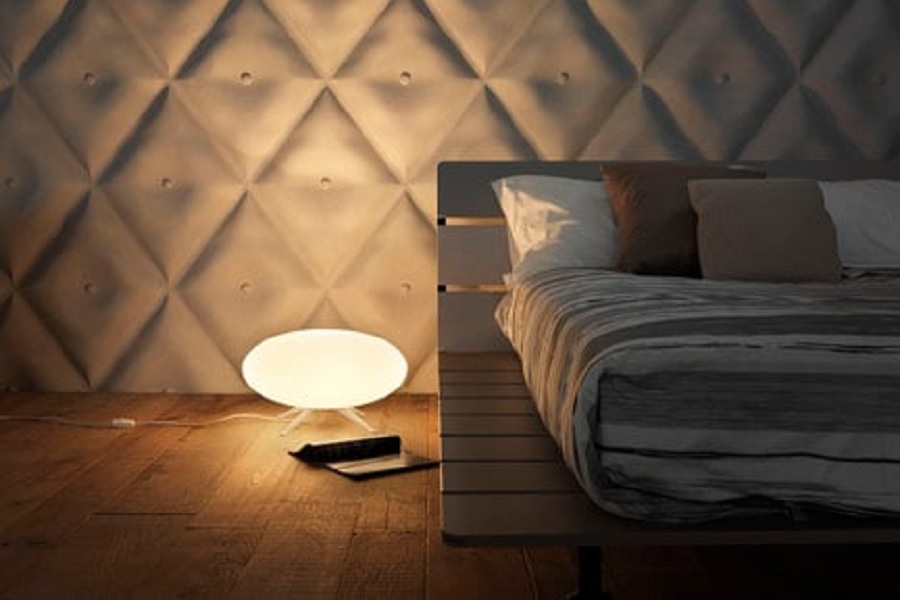
While technology allows for the manipulation of various materials, the inherent beauty and legacy of natural stone make it the ultimate canvas for 3D effects. Its geological history, unique veining, and rich color palette provide a starting point that is already a work of art. When modern carving techniques are applied, the result is an object of unparalleled elegance and permanence. The choice of material is as crucial as the design itself, defining the final character and feel of the surface.
Natural Stone: The Premier Choice for Depth and Elegance
Marble, with its soft composition and captivating veins, is exceptionally well-suited for creating intricate 3D effects. The carving process reveals new layers and patterns within the stone, creating a dialogue between the natural formation and the man-made design. Travertine and limestone also offer a fantastic medium, with their porous textures adding another layer of visual interest. Using natural stone ensures that each piece is entirely unique, as the machine-carved pattern will interact differently with the specific veining of every single slab.
Other Compatible Architectural Materials
While stone reigns supreme in luxury applications, other materials can also be enhanced with 3D effects. Wood can be milled to create warm, biophilic patterns ideal for cozy interiors. Composite panels and metals offer futuristic and industrial aesthetics, suitable for commercial or avant-garde projects. However, for a sense of timelessness, durability, and sheer opulence, natural stone remains the gold standard. Its ability to hold a precise edge while showcasing eons of natural artistry is simply unmatched.
Bring Your Vision to Life with FMA Marble's Sculpted Surfaces
Ultimately, 3D effects represent a paradigm shift in design, moving us away from the purely visual and into a world of multi-sensory experience. They are more than just a fleeting trend; they are a testament to how technology can enhance natural beauty to create spaces that are both innovative and timeless. At FMA Marble, we harness this potential, transforming exquisite blocks of natural stone into the breathtaking architectural surfaces of your dreams. Explore our curated collection and let our experts help you bring a new dimension to your next project.
Frequently Asked Questions
Are surfaces with 3D effects difficult to clean?
Not necessarily. With proper sealing, most carved stones can be easily cleaned with a soft brush and pH-neutral cleaner. The design’s complexity can influence the routine.
Can 3D effects be used in small rooms?
Yes! A textured feature wall can add depth and character to a small space without cluttering it, making the room feel more curated and interesting.
Do these surfaces cost significantly more?
The custom machining adds to the cost compared to a standard slab. However, the value is in creating a unique, high-impact feature that elevates the entire project.
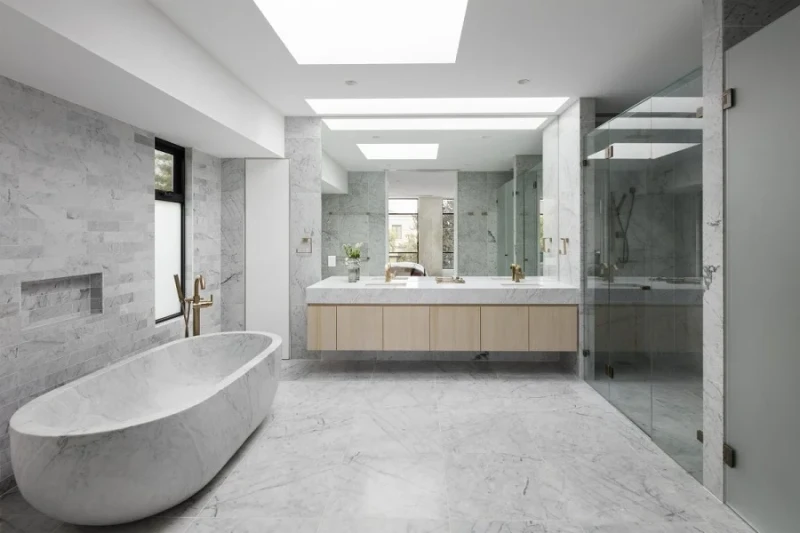
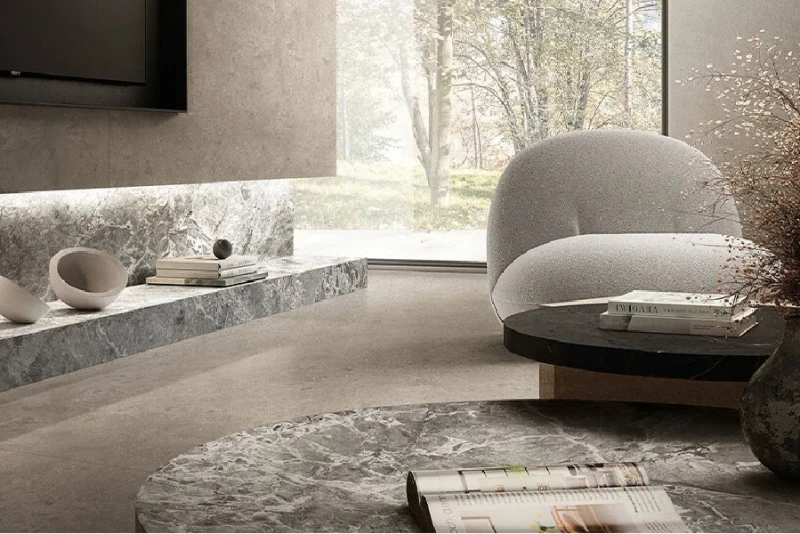
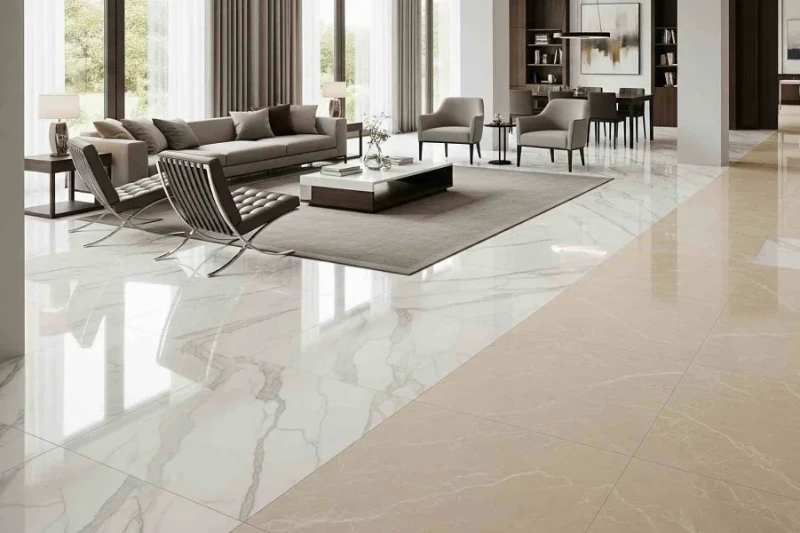
comments
No Comment YetLeave a Comment